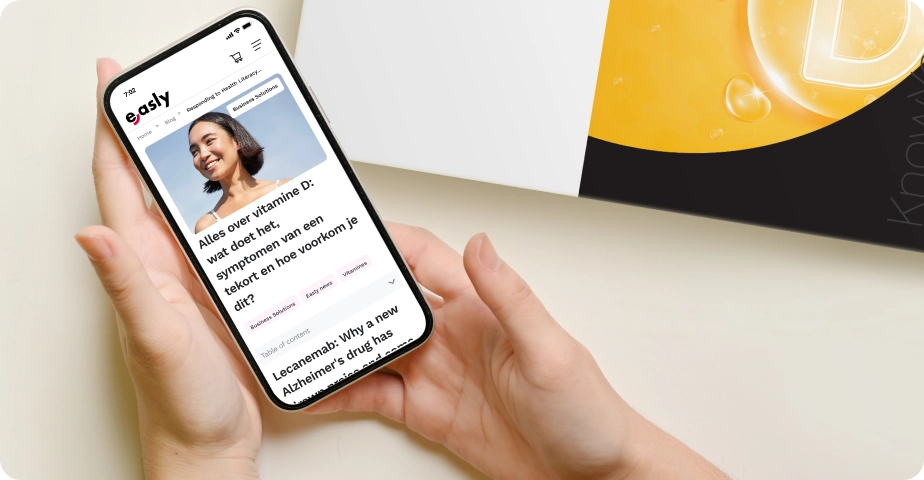Diabetes, also known as sugar disease, is a condition that affects millions of people worldwide. The number of people with diabetes has been on the rise for years, and it is one of the most common chronic diseases in the Netherlands. Diabetes impacts the way our bodies use glucose (sugar) from food to produce energy. It is crucial to distinguish between diabetes type 1 and 2, as both forms have different causes and require different treatments. Individuals with diabetes are at an increased risk of developing other chronic diseases. Therefore, it is an essential topic to discuss comprehensively in a blog. Read on to learn more about the various types of diabetes, the causes, diagnosis, treatment, and, of course, how to prevent certain forms of diabetes.
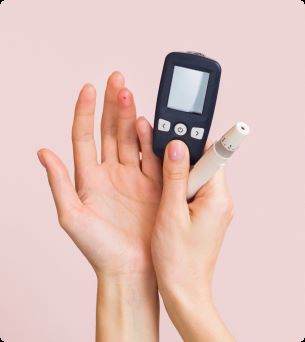

What is diabetes?
Diabetes, also known as sugar disease, is a chronic condition where the body struggles to regulate blood sugar levels. When we consume food, our blood sugar levels rise. Normally, the pancreas responds by producing the hormone insulin. Insulin acts as a key to get glucose into the body’s cells. This process is crucial because all cells in our body use glucose as fuel. Without insulin, glucose remains in the blood and is not taken up by the cells.
In diabetes, there is an issue with the production or action of insulin, causing glucose to accumulate in the blood, unable to be absorbed by the cells, and thus not used as energy. As mentioned earlier, it is essential to distinguish between diabetes type 1 and type 2, and we will now delve further into this distinction.
Causes of diabetes:
Diabetes is a complex condition with various causes. It is crucial to understand the distinction between type 1 and type 2 diabetes, as they both have unique characteristics and causes.
Type 1 diabetes typically affects people at a younger age, although it can occur at any age. This form of diabetes is caused by an autoimmune reaction, where the immune system mistakenly attacks and destroys the insulin-producing cells in the pancreas. This severely disrupts or completely halts insulin production. Scientists are still working to understand the exact cause of this autoimmune reaction, but genetic factors appear to play a role. Individuals with type 1 diabetes require daily insulin injections or an insulin pump to regulate their blood sugar levels since their bodies can no longer produce insulin on their own.

Type 2 diabetes is the most common form and primarily affects people over 40, but it can also occur at a younger age. Unhealthy lifestyles and a lack of physical activity increase the risk of obesity and, consequently, the risk of type 2 diabetes. Unlike type 1 diabetes, type 2 diabetes is mostly lifestyle-related. In type 2 diabetes, there is an issue with how the body responds to insulin (known as insulin resistance), or insulin production is insufficient to effectively regulate blood sugar levels. Genetic predisposition also plays a role in insulin sensitivity. People with type 2 diabetes may not always need insulin and can sometimes be treated with medication to increase insulin sensitivity. If this is ineffective, insulin treatment is necessary for type 2 diabetes.


In addition to type 1 and type 2 diabetes, there are other forms, such as gestational diabetes, where high blood sugar levels occur during pregnancy. There are also rarer forms of diabetes caused by genetic mutations affecting insulin function or production.
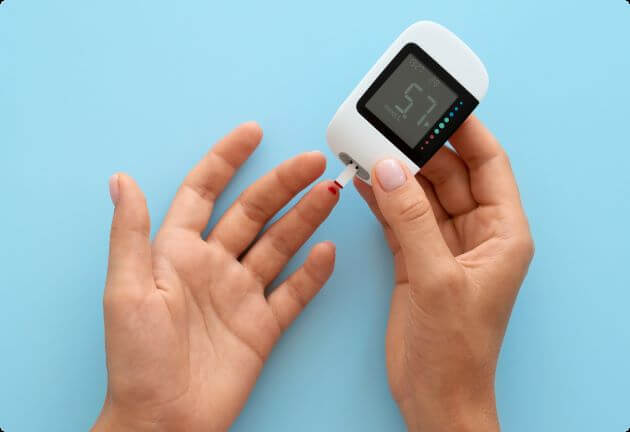
Symptoms of diabetes
The symptoms associated with diabetes are caused by elevated glucose levels in the blood. Due to a deficiency or insensitivity to insulin, glucose remains in the blood and is not absorbed into the cells. High blood glucose levels can lead to the following symptoms:
- Excessive thirst: This is also known as polydipsia. If there is an extended period with excess glucose in the blood (which is not absorbed into the body cells through insulin), the body will attempt to dilute the blood by generating a strong thirst stimulus.
- Frequent urination: This is also known as polyuria. The high glucose concentration in the blood causes the kidneys to excrete more water, leading to increased urination and higher urine production in individuals with diabetes.
- Unexplained weight loss: Due to a lack of or insensitivity to insulin, blood glucose cannot be absorbed into the body cells and, therefore, cannot be used as energy. This results in weight loss.
- Fatigue: Glucose serves as an energy source. When glucose remains in the blood, it cannot be utilized by the body cells to generate energy.
- Blurred vision: Prolonged high (or low) glucose levels in the blood can cause temporary blurred vision.
- Slow wound healing: Glucose is necessary for wound healing. When it is not absorbed by the body cells due to insulin deficiency or insensitivity, it can lead to sluggish wound healing.




Additionally, symptoms of diabetes in men may include erectile dysfunction, while symptoms in women may also manifest as vaginal infections.
And a low blood sugar level...?
You now know that diabetes is characterized by high blood sugar levels. A low blood sugar level, also known as hypoglycemia, can occur in people using medications to treat diabetes, such as insulin or certain medications that lower blood sugar. Administering medications like insulin actively lowers blood sugar levels. If it is lowered too much, a person may develop symptoms of hypoglycemia, including sweating, shakiness, fatigue, and difficulty concentrating. In extreme cases of hypoglycemia, a person may lose consciousness.

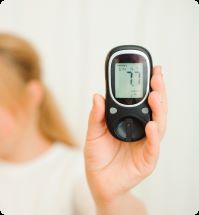
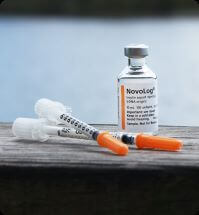
However, this is the case for individuals being treated with specific diabetes medications. But can you experience low blood sugar without diabetes? Some people do indeed experience this. It is called reactive hypoglycemia and can occur some time after consuming a meal. In this situation, the pancreas has produced too much insulin for the amount of blood sugar that needs to be absorbed by the body cells. You can then experience the same symptoms as hypoglycemia from diabetes medication, as mentioned above. However, there has not been much research conducted on this form of hypoglycemia.
Related tests

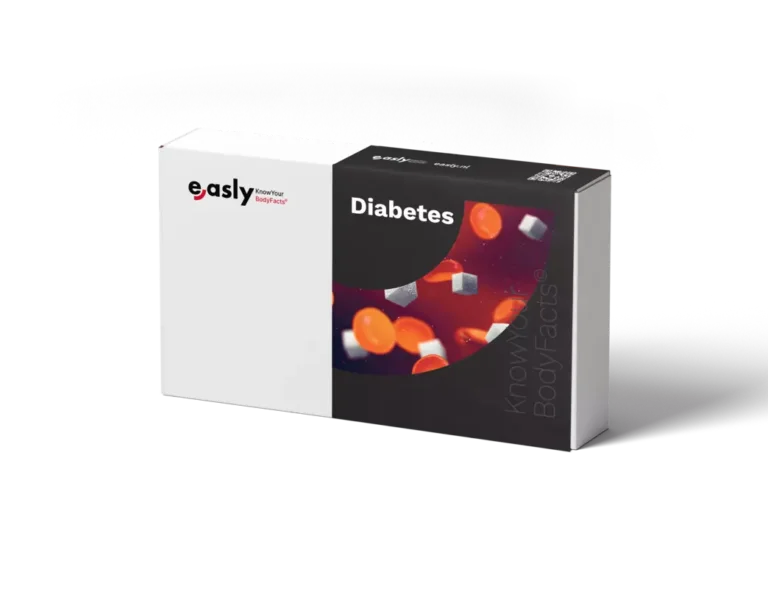
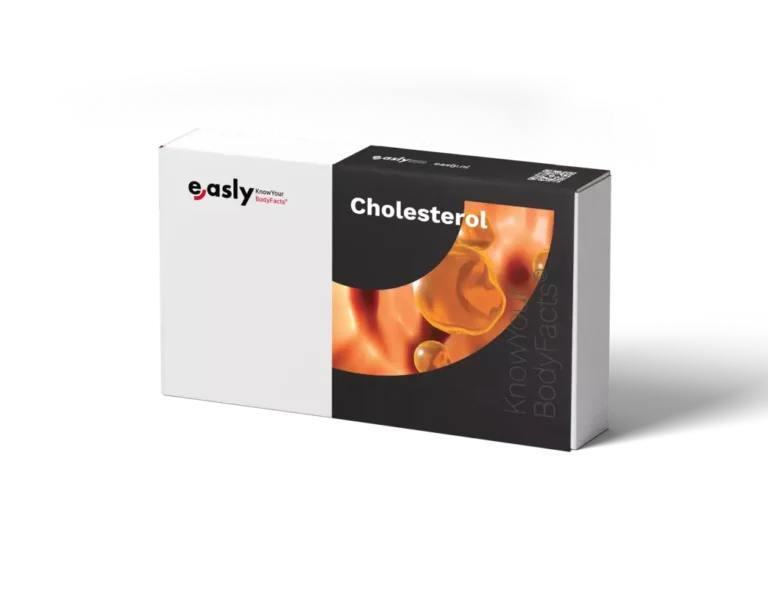
Diagnosis of diabetes
When there are symptoms that may be indicative of diabetes, a simple test can be conducted to determine whether the complaints are explained by diabetes. In most cases, a finger prick will be performed, examining the fasting blood sugar level. This fasting blood glucose test measures the glucose level after a period of fasting, such as in the morning after a night’s sleep. If it is too high, it is recommended to repeat the test at another time, as fasting blood glucose levels can increase due to stress, fatigue, or fever.

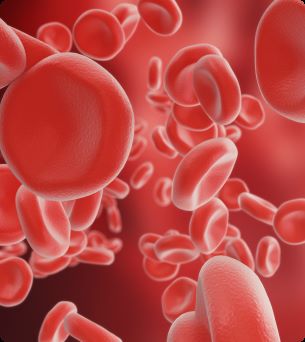
Additionally, a test exists to measure the HbA1c value. This test measures the level of glycated hemoglobin, also known as glycohemoglobin, in the blood. This is the amount of glucose attached to a red blood cell. This value provides insight into the average blood sugar level over a period of several months. An elevated HbA1c value indicates poorer blood sugar control and may suggest diabetes or an increased risk thereof. If diabetes is already present, the HbA1c value can indicate whether someone is using sufficient medication to control blood sugar levels.
The normal HbA1c value varies by laboratory, but generally, a value between 20 and 42 mmol/mol is considered normal. If you exceed this value, there may be diabetes or a prediabetic condition.
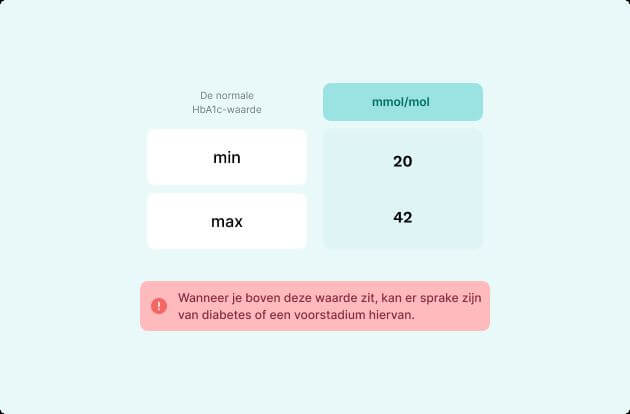
The main difference between the HbA1c test and the fasting blood glucose test is the time period they measure. The fasting blood glucose test measures the current blood sugar level at a specific moment, while the HbA1c test reflects an average over a longer period.
At Easly, we measure both fasting blood glucose levels and the HbA1c value in our Diabetes Test. With a simple finger prick, you can find out at home whether your blood sugar levels are within the norm and whether there is an increased risk of diabetes. Regularly monitoring these values can assist in early detection and effective treatment.
Treatment of diabetes
The treatment of diabetes depends on the type of diabetes and the severity of the condition. In type 1 diabetes, insulin production is severely disrupted or sometimes completely absent. Therefore, it is usually necessary to treat this type of diabetes with insulin injections or an insulin pump. Although a healthy lifestyle is important for patients with type 1 diabetes, it has a less significant impact on diabetes than in people with type 2 diabetes.

In type 2 diabetes, there is reduced sensitivity to insulin, usually caused by an unhealthy lifestyle and being overweight. This sensitivity to insulin can be improved by adopting a healthy lifestyle. This involves losing weight if there is overweight, engaging in sufficient physical activity, and maintaining a healthy diet. By paying attention to lifestyle, type 2 diabetes can be prevented, and if someone already has type 2 diabetes, insulin sensitivity can be improved. This is in contrast to type 1 diabetes, where this is not the case. If lifestyle measures prove insufficient or when there are significantly elevated blood sugar levels, medication is initiated. Initially, medication is used to increase sensitivity to insulin. If this step is also ineffective, it may be necessary to start insulin therapy in type 2 diabetes.
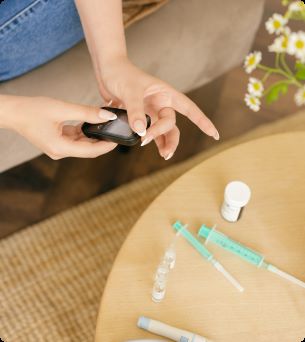

Prevention of diabetes
Unfortunately, type 1 diabetes cannot be prevented. However, type 2 diabetes can often be (partially) prevented and treated through a healthy lifestyle. A balanced diet rich in vegetables, fruits, whole grains, legumes, and unsaturated fats can help maintain a healthy weight and stabilize blood sugar levels. Regular physical activity can also improve insulin sensitivity, thereby reducing the risk of type 2 diabetes. Aim for at least 2.5 hours of exercise per week, spread over multiple days. Additionally, it is important to quit smoking and to be moderate in alcohol consumption.




Conclusion
Diabetes is a serious condition that can significantly impact an individual’s health and well-being. It is crucial to distinguish between type 1 and type 2 diabetes, as these are two distinct conditions with different causes and treatments. If you recognize symptoms mentioned in this blog, always consult a doctor for personalized medical advice. With Easly’s Diabetes Test, you can easily determine at home whether your glucose levels are within the normal range. A healthy lifestyle is essential in preventing and treating type 2 diabetes. By being aware of various risk factors for type 2 diabetes, you can reduce the risk and experience a better quality of life. Always consult a doctor for a proper diagnosis and treatment based on your specific situation.







